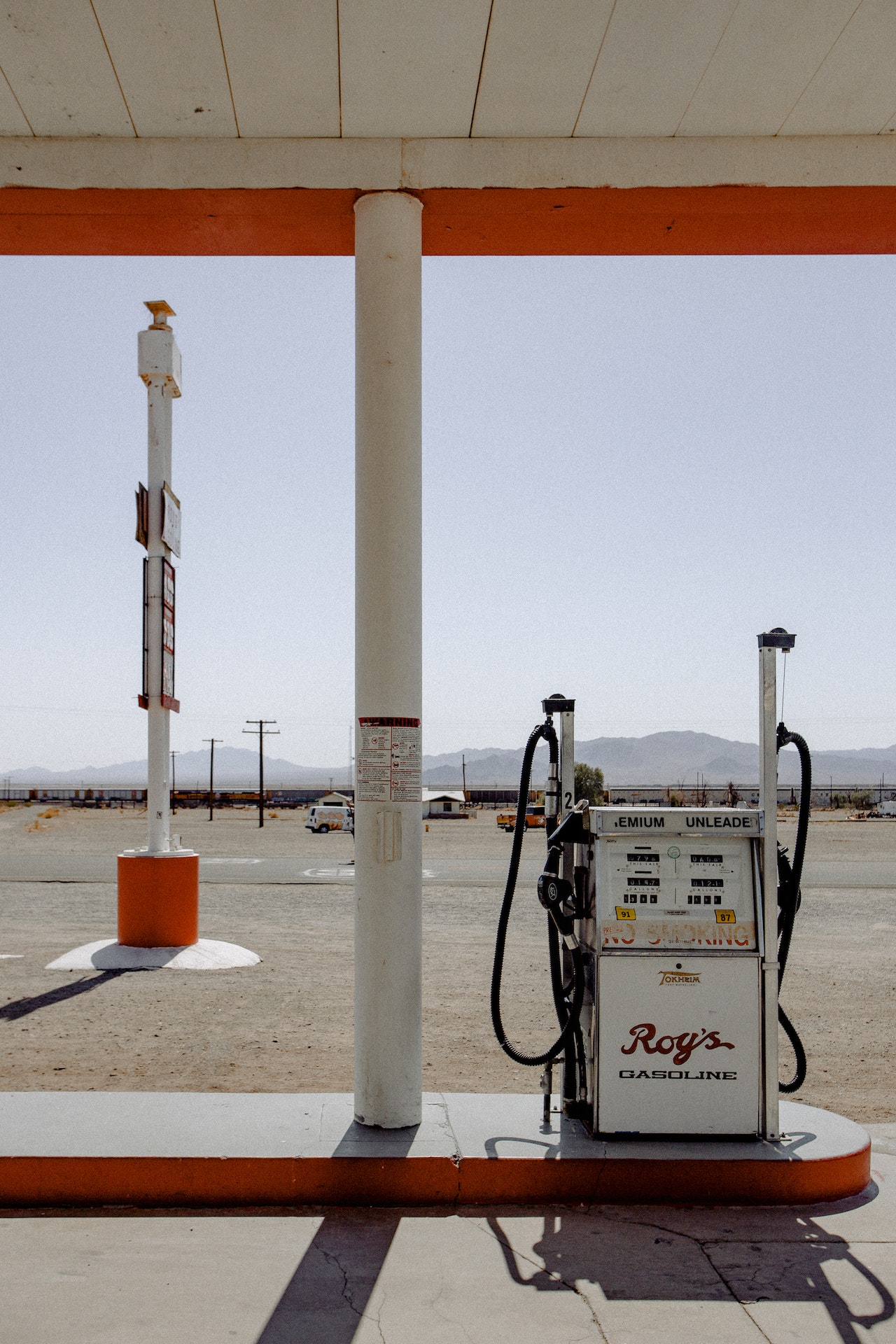The rollercoaster ride of gasoline prices in 2023 seems to be slowing down as fuel costs experience a noticeable dip as the price of crude oil gradually declines, providing some respite for American consumers. According to Tom Kloza, the Head of Energy Analysis at OPIS, there is a confident projection of a reduction in retail gasoline prices, ranging between 25 to 50 cents per gallon. While the pace of this decline may resemble a glacier’s movement, it is expected to be quite discernible.
The primary factor contributing to the downward pressure on gasoline prices is a significant drop in demand, which is vividly reflected in the latest data from the Energy Information Administration. Demand has reached its lowest seasonal levels in a quarter of a century, further emphasizing the shift in consumer behavior and economic dynamics.
Currently, the national average for retail gasoline stands at $3.77 per gallon, a noteworthy drop of 43 cents compared to just a week ago, as reported by AAA. This decline comes as a welcome relief to American drivers who have witnessed skyrocketing prices in recent months.
Crude oil, the foundational commodity for transportation fuels, experienced a rapid decline this week after a period of heightened volatility. In the previous quarter, oil prices surged by an average of 28%, driven by various factors such as OPEC+ output cuts, voluntary production reductions by Saudi Arabia, and export restrictions imposed by Russia. These events culminated in a peak oil price of $90 per barrel in September. However, the trend has reversed, and oil prices have cooled off this week.
JPMorgan analysts recently predicted a decrease in global oil demand for this quarter, coinciding with the drop in oil prices. Presently, West Texas Intermediate and Brent International are stabilizing at approximately $84.50 and $85.80 per barrel, respectively. These stabilized prices signal a more predictable outlook for the oil market.
Despite the optimism, it’s essential to note that the reduction in gasoline prices is gradual, with an expected range of 25 to 50 cents per gallon. According to AAA, a majority of states already offer gasoline prices below the $2.99 per gallon mark, providing some relief to consumers’ wallets.
The downward trajectory of both oil and gasoline prices holds promising implications for the American economy. It signifies an increase in consumer spending power and financial stability, especially for those heavily reliant on transportation fuels, such as truckers and farmers. While the long-term economic effects remain uncertain, the immediate relief for millions of American drivers seeking to save on fuel costs is undoubtedly a welcome development.
In conclusion, the recent decline in gasoline prices is a result of reduced demand and a drop in crude oil prices, offering a glimmer of hope for consumers amid a turbulent year for energy markets. As prices continue to fall, Americans can look forward to a gradual but noticeable reduction in their fuel expenses, providing some much-needed relief in their daily lives.
Source: Yahoo Finance



